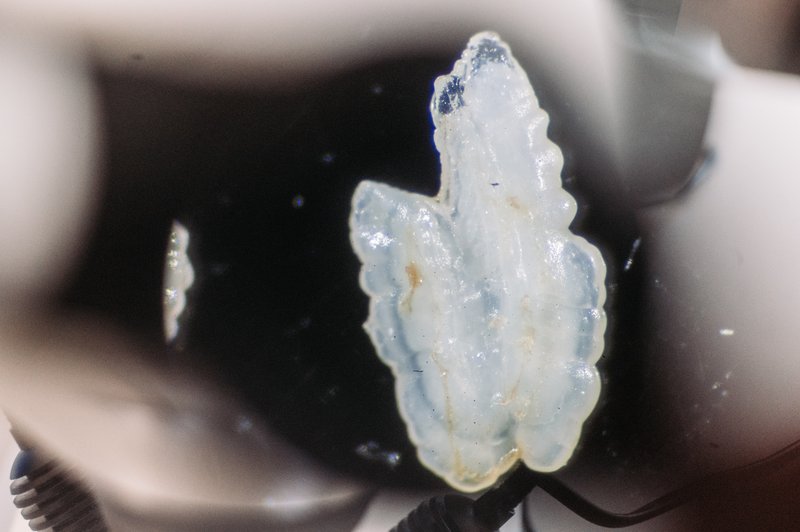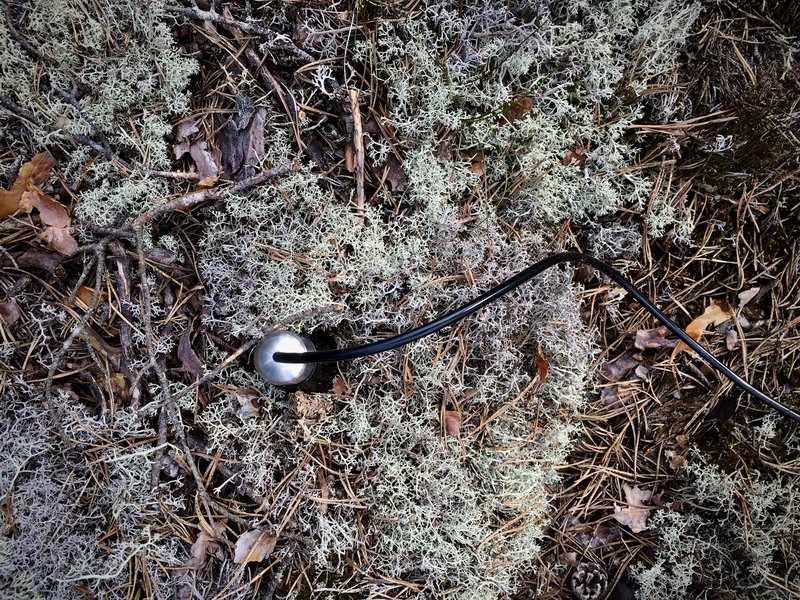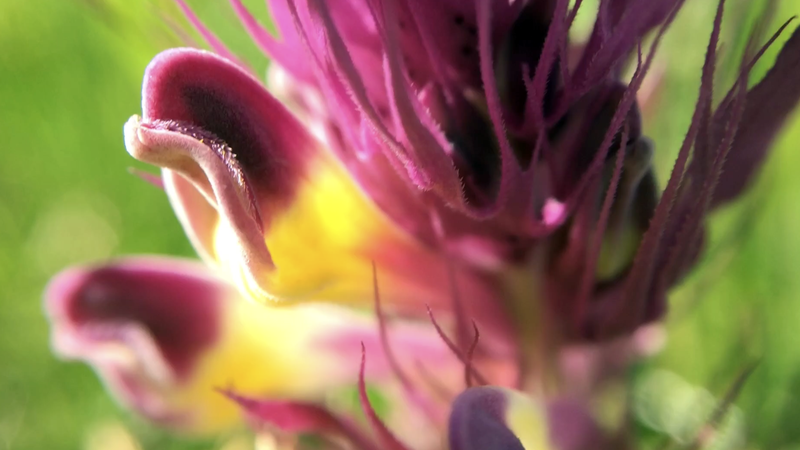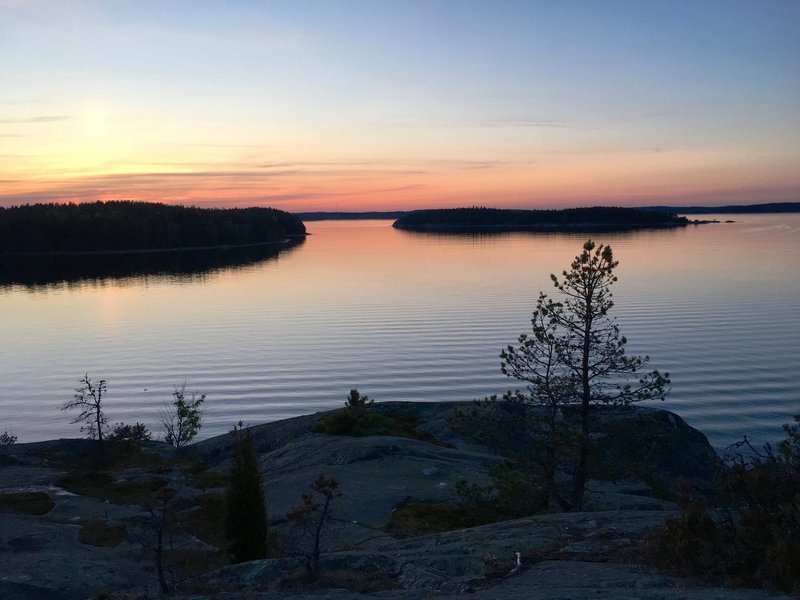
Exercises in Attentiveness
How do you know what you know?
How to arrive on an island rich in sediments of interlaced histories of arrivals? How to land on the shores where all landings will have affects that are impossible to forecast in their entanglements within the always already unfolding transformations? These field notes are thoughts in formation with an island that promises isolation yet never fully delivers detachment, where the past refuses to lie dormant in the present. Particularities of the here and now are vividly entwined with elsewhere across diverse temporalities and planetary circulations on the island of Seili and the surrounding Archipelago Sea. Seili may be approached as a microcosm of exclusion, enclosure and experiments, with its history of institutions from leprosy and women’s mental asylums to contemporary scientific research and nature conservation. Yet, it is also tangible here how an island is connected through myriad flows with others, and how no strata, however rock-solid it may appear, is stable forever.
The island of Seili has been our guide in recent years with its ghosts of biopolitical institutions and histories of othering, ecological transformations, and reproductive labour of care and repair. These myriad spectres do not await explanation or exorcism, but rather call for conjuring and conspiring with them. They demand for sensitivity and reckoning in the face of the abundant inheritances, so as to recall knowledges and sensibilities that lie hidden in the long shadows cast by traditions considered reasonable and within reason.
How to be attentive to that, which has been left unnamed, unnoted? How to do so while withholding from the urge to name? How to notice what has been unrecognised in its contributions to the production of knowledge and the reproduction of life? How to pay gratitude to all that makes our thought and labour possible? How do you know what you know? These questions have led us to share methods, protocols and rituals of landing— inherited, invented, borrowed, emergent—between scientists, with decades-long embedded practice on the island, and artists visiting Seili during the past four years.
Take a deep breath, relax your shoulders, straighten your back. Focus your eyes together with the lenses of the microscope ready to extend your vision beyond its everyday bounds. Meet and greet plankton, who appear, as if by magic, out of nothingness. Transparency of water turns thick and lively. The microscope opens a portal to a realm, where distinctions between a habitat, a medium and a community lose their bearings. Pulling back from its lure, steady your hands to pour the water in the bottle and carry it back to the sea. Take another deep breath and pay gratitude to plankton, who make half the oxygen in the atmosphere.

Plankton. Photo by Matterlurgy, Spectres Of Landings Retreat, May 2019
Float in the stratified waters of the sea, which is not really a sea, but like a large river estuary. Taste the low salinity of the brackish water, similar to human tears. Imagine the air you breathe changing, like the fluctuating salinity of the Archipelago Sea, as rainfall increases due to climate crisis. Perhaps, in the not so distant future, the global sea level rise may reach these remote shores and make them part of an ocean again. Float with the herring, who have witnessed these ongoing transformations since the end of the last ice age ten thousand years ago. What if our ear bones could tell of the lived experience of environmental change like the archive of traces carefully gathered and solidified in the otoliths of herring?

Otolith Reading by Matterlurgy, Photo by Jussi Virkkumaa, August 2022
Listen to messages across temporal and geographical distances. Aspen leaves tremble to the tune of unpredictably shifting wind patterns. Birds announce the subtle yet significant transformations in seasonal cycles. Cows recall the intimate interdependency of small scale farming with the meadow ecosystems they are busy restoring on the island today. Hear the low rumble of a cruise ship on its daily commute along the historical maritime route between eastern and western shores of the Baltic Sea. Listen to the waves lapping against the shoreline that steadily rises here, half a meter in a hundred years, due to glacial rebound.

Field recordings by FoAM, May 2019
Watch your step. The path from the harbour to the old hospital follows the highway of the ants across the dry rocky meadow. Pay attention to the plants: they have multiple stories to tell of their migrations together with humans and other animals. The soils on this island are an archive of microhistories of human-plant relations undocumented anywhere else. Unexpected appearances of old medicinal herbs are haunting reminders of skills and knowledges lost. At the beginning and end of each day, take a moment for the daily exercise of intimate attention to the softest and warmest crevices of your own body. A tick may have sensed your presence as you passed by, brushing against the very blade of grass that had been the vertical organising principle of its life in waiting.

The New Pangaea by Band Of Weeds, Photo by Kalle Hamm, 2022
Feel the ground move. Sense the ever so slightly colder, damper air that lingers in the point, where two isles were until recently separated by a shallow stream of water. Step carefully onto the carpet of moss that blankets the rocks now perched high above the sea, in a small circle of marshland, a living memory of its connection to the shore. Feel the heat of the sun on the rock above a cliff, where fires must have been lit already centuries ago to guide ships on their journeys. Stay for a moment, like countless generations before us, with the spectacular sunset that today is intensified by the ash particles carried in the air from forest fires raging on the other side of the globe.

Post Glacial Rebound by FoAM, 2022
This text is featured as part of FoAM's Anarchive
Created: 12 Dec 2022 / Updated: 16 Dec 2022




